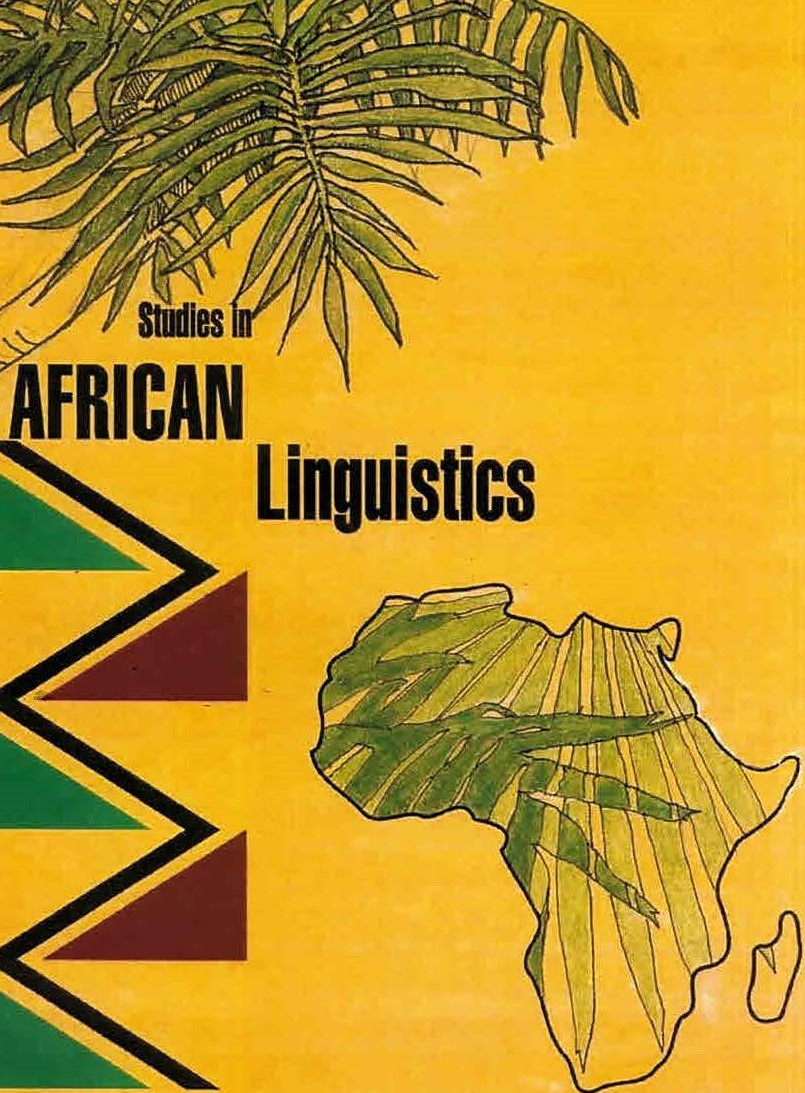The Semantics and Metaphorical Extensions of "PԐ" (To cut) in Nzema Communication
DOI:
https://doi.org/10.32473/sal.51.2.125156Keywords:
Nzema, cognitive semantics, separation events, socio-cultural experiencesAbstract
Verbs of separation and material disintegration are a category of verbs commonly referred to as ‘CUT and BREAK’ (C&B) verbs (Guerssel et al., 1985). This class of verbs has sparked a lot of arguments and discussions in the literature (cf. Guerssel et al., 1985; Levin, 1993; Essegbey, 2007; Lüpke, 2007; Majid et al., 2007; 2008; Hsiao, 2015; Agyepong, 2017). In Nzema, pɛ ‘to cut’ is the prototypical CUT- verb which describes actions that result in object separation/disintegration; usually carried out by using bladed instruments. This paper discusses the semantic extensions of pɛ ‘to cut’ in Nzema discourse. The paper employs the Cognitive Approach of Semantic Change (Sweetser, 1990) in exploring the semantic properties of pɛ, based on the cognitive-conceptual, environmental, and socio-cultural experiences of the people of Nzema. Data were obtained from primary and secondary sources. The paper demonstrates that the various extended usages have a close relationship with the original meaning of the verb. The paper also finds that the primary sense of pɛ ‘to cut’ evokes several contextual interpretations, such as pɛ awolɛ ‘cut childbearing’ (to stop procreation), pɛ azule ‘cut river’ (to travel overseas), pɛ ɔ nli ‘cut his/her mother’ (to insult one’s mother) among others. We note that the various meaning extensions of the verb are dependent on the context of use and/or communication.
Metrics
Downloads
Published
Issue
Section
License
Copyright (c) 2023 Mohammed Yakub, Cecilia Tomekyin

This work is licensed under a Creative Commons Attribution-NonCommercial 4.0 International License.


